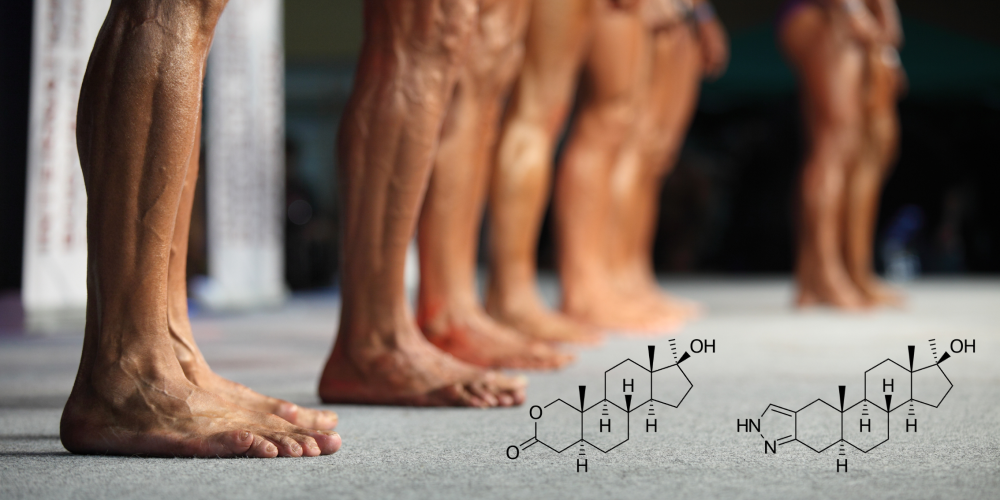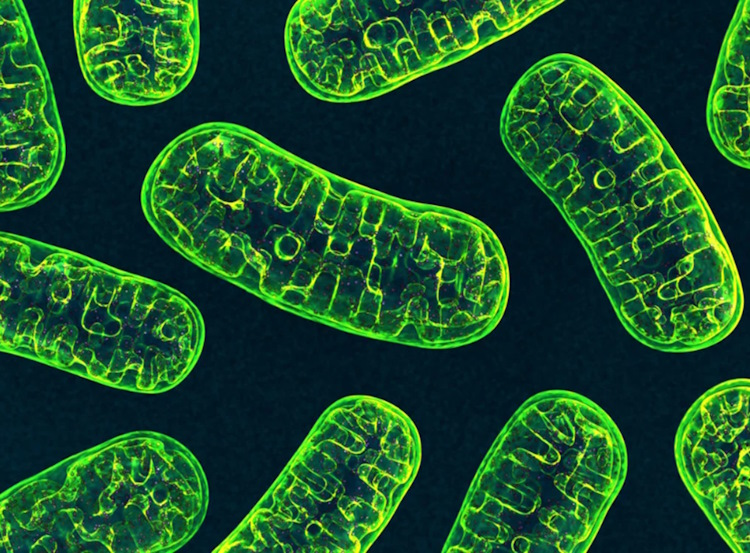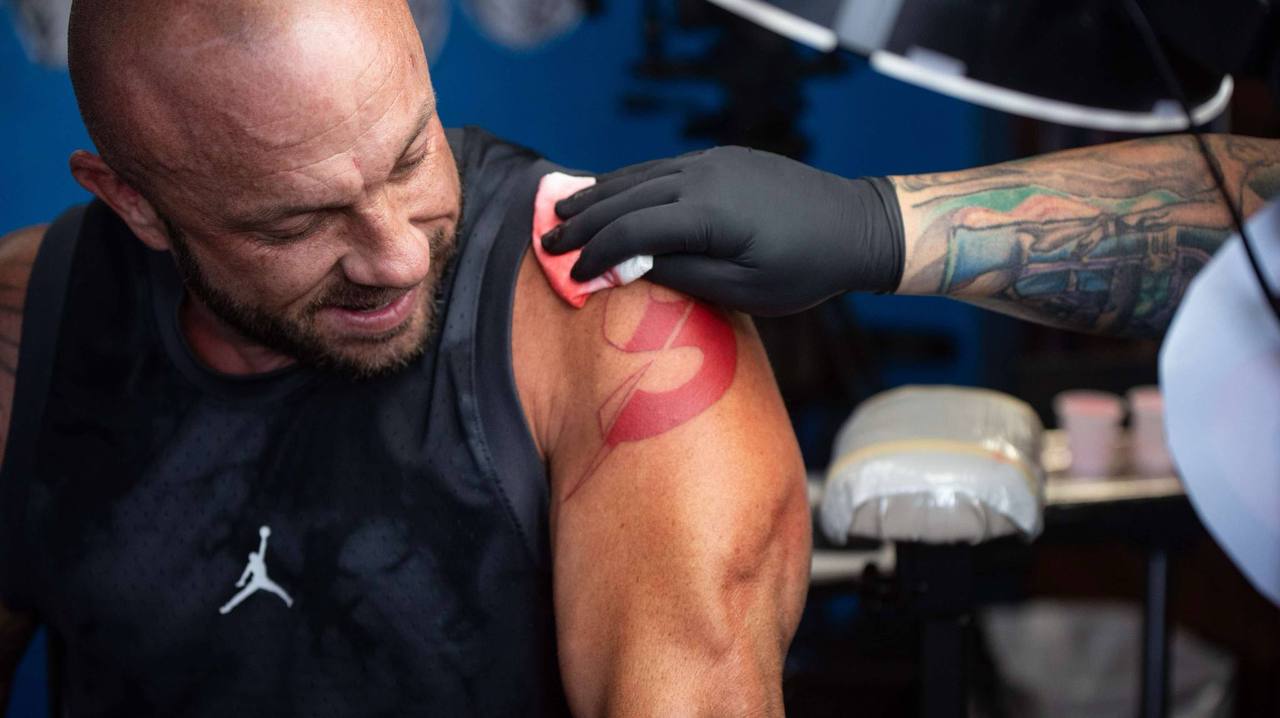Understanding mTOR: a master regulator of hypertrophy and performance
Muscle growth isn’t just about lifting heavy weights and eating enough protein and carbs, it’s about activating the right pathways inside your body. One of the most powerful regulators of muscle hypertrophy and performance is mTOR (mechanistic or mammalian target of rapamycin). This cellular signaling pathway controls aspects such as protein synthesis, cell growth, and energy balance, making it a key factor for bodybuilding and athletic performance. But how does mTOR work, and better yet how can you make it for you for maximum muscle gains?
In short, mTOR is an evolutionarily conserved serine/threonine protein kinase that acts as the central switch for anabolic processes in the body, playing vital roles in muscle and energy synthesis. It exists in two complexes, C1 and C2:
mTORC1
Regulates the rate between protein synthesis and degradation, the size and growth of muscle fibers, and recovery;
mTORC2
Involved in cell survival and cytoskeletal organization but less relevant for hypertrophy.
When activated, mTORC1 increases muscle protein synthesis, allowing muscles to grow larger and stronger in response to training and nutrition.
mTOR activation
There are several ways to induce mTOR activation for muscle growth and performance, and I bet you’re doing at least some of them already:
Resistance training
- Mechanical tension (lifting heavy weights) is one of the strongest activators of mTOR;
- Eccentric contractions (slow negatives) with a deep stretch stimulate greater mTOR activity;
- High volume training may increase muscle fiber stimuli, which triggers repair through mTOR signaling.
Protein and amino acids (particularly leucine)
- Leucine, a branched-chain amino acid (BCAA), is a direct activator of mTOR;
- Consuming at least 3-5g of leucine per meal can maximize mTOR stimulation;
- Whey protein, eggs, and red meat are rich sources of leucine and other essential amino acids.
Carbohydrates and insulin
- Carbohydrates spike insulin, which enhances mTOR activation and muscle glycogen replenishment;
- Consuming protein and carbs together post-workout creates the ideal environment for muscle anabolism.
Hormonal optimization
- Testosterone and growth hormone indirectly support mTOR activation by increasing protein synthesis;
- IGF-1 (Insulin-like Growth Factor-1) is a potent mTOR stimulator, increasing muscle repair and growth;
- Avoiding excessive cortisol (chronic stress) prevents mTOR inhibition and muscle breakdown.
Nutrient timing and fasting
- Post-workout nutrition is critical: fasting too long after training can limit mTOR activation;
- Intermittent fasting has a dual effect: prolonged fasting downregulates mTOR, but refeeding with protein and carbs causes a strong anabolic rebound.
Drawbacks
However, as with most things in the human body, constantly activating mTOR pathways comes at a cost. While it’s is essential for muscle growth, chronically high mTOR activation may have drawbacks:
- Accelerated aging and disease risk: mTOR activity is linked to aging and maybe certain diseases like acne, cancer, obesity, diabetes, and neurological conditions;
- Reduced autophagy: constant mTOR stimulation can inhibit natural cellular repair and metabolic waste management mechanisms;
- Balancing mTOR activation with periods of lower activity (for example fasting and low-calorie phases) may improve longevity and metabolic health.
In conclusion, mTOR is one of the key drivers of muscle growth and performance, and it should be a crucial point for bodybuilders and athletes looking to maximize it. By optimizing training, nutrition, and recovery, you can activate mTOR more frequently for faster gains, better recovery, and increased strength. However, balancing mTOR activity with proper recovery and metabolic health is essential for long-term success, as well as making you look younger for longer. In the end, it’s all about training hard, eating smart and making mTOR work for you.









